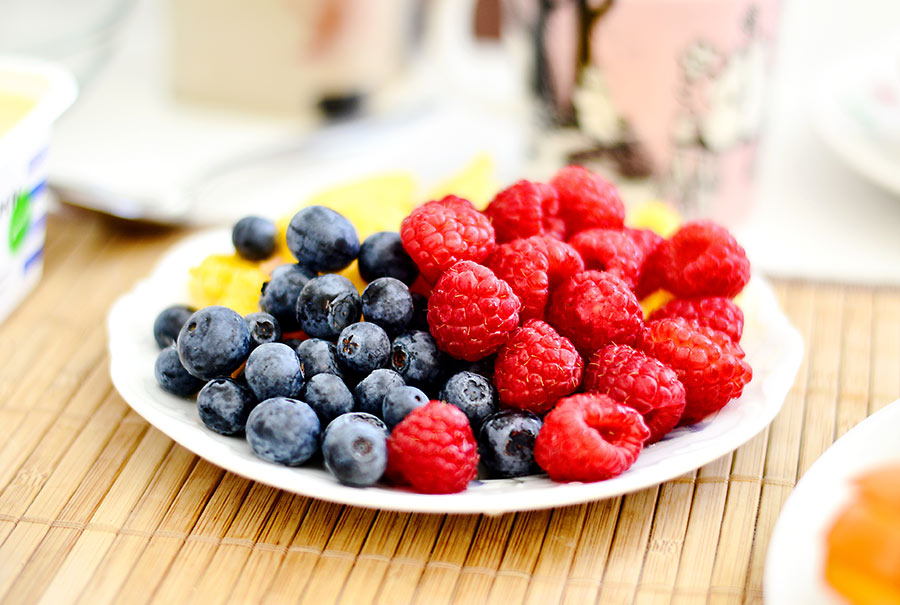The Colour Of Christmas Explained By Science
When we think of Christmas, what colour comes to mind? For most people, that colour is probably red. Even Santa himself is red. It’s a colour reminiscent of family, good food, Santa and his gifts and festive holidays.

 The Christmas table is laid out with fresh crab, the vibrant red of holly berries and the delicate pinks and intense reds of Poinsettia on the table…
The Christmas table is laid out with fresh crab, the vibrant red of holly berries and the delicate pinks and intense reds of Poinsettia on the table…
Christmas red dates back to Roman times when celebrations used holly berries for decoration, picked as one of the few spots of colour in an otherwise winter-bare landscape. In modern times, we’ve adopted all things bright and red, pink, orange and yellow to showcase the colour of Christmas celebrations.
These colours originate from the natural plant pigments called carotenoids. Carotenoid pigments are made only in plants, bacteria, fungi and some insects like aphids and mites. Animals such as crustaceans (lobsters, crayfish and prawns) have to obtain these pigments as a food source from organic matter in the same way humans need to eat fruits and vegetables.
These pigments serve various organisms by attracting pollinating insects to plants, enticing beneficial fungi to make healthier soils, warning predators due to their toxicity, and even providing vibrant colours to a bird’s feathers to attract attraction. For humans, these colours represent beauty, nutrition and health, which is why we are so drawn to them in times of celebration.
According to leading plant science researcher, Dr Chris Cazzonelli at Western Sydney University’s Hawkesbury Institute for the Environment, these carotenoid pigments are essential to the healthy functioning of our bodies.
“Vitamin A is a classic beta-carotenoid-derived plant pigment that humans cannot produce themselves, so we have to ingest it from the foods we eat,” says Dr Cazzonelli.
“We need beta-carotene and a yellow coloured carotenoid lutein for the health of our eyes. We can get these carotenoids from eggs (that beautiful yellow of a yolk is a carotenoid that chickens take in from their grain-based diet) and from eating carrots, oranges, leafy greens and other brightly-coloured vegetables and fruits.
"We need another pink coloured carotenoid lycopene for our skin, which we can get lots of from watermelons and tomatoes. We also need our antioxidants such as the carotenoid astaxanthin, which you can get from the lobsters and salmon. Finally, if you need to spice your Christmas foods add the orange carotenoid saffron, which has claimed health benefits in traditional medicine.”
This Christmas, celebrate the colour of good health – drink, eat and be naturally Merry!
Source: Cazzonelli, C. (2011) ‘Carotenoids in nature: insights from plants and beyond’, Functional Plant Biology, Vol. 38, p. 833–847. http://dx.doi.org/10.1071/FP11192 (opens in a new window)